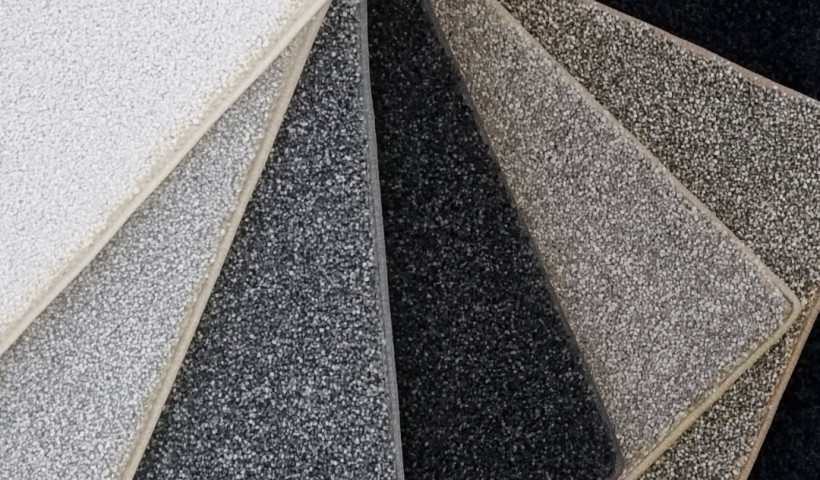 NEW
NEW
The Ministry of Education's new property guidelines state "Buy good quality floor coverings that are easy to maintain and long lasting." This requirement is open to interpretation by the Board of Trustees and designers, making research and good advice critical.
In a recent renovation at Avonside Girls High School in Christchurch, Heritage Carpets' First and In-Groove products were selected. The specifications for these Modulyss carpet tiles clearly show their performance attributes, which made it easy for the Ministry of Education to understand that the products would perform as required.
Manufactured in Belgium, Modulyss carpet tiles refer to the European standard EN 1307 which has three commercial classes: 31, 32 and 33 (33 being Contract Heavy Duty). There is also a Luxury Class: LC1, LC2 and LC3, where LC3 offers the most comfort. Both the In-Groove and First carpet tiles used in the Avonside Girls High renovation have a class 33 rating for Heavy Commercial use and will easily outperform the requirement. In addition, In-Groove carpet tiles are designed to capture dust and improve indoor air quality; when used in access areas and circulation areas, the carpet will clean shoes and protect the balance of the floor from soiling.
In this digital age, there is no room for ambiguity from product suppliers. Searching for commercial carpet specifications on NZ websites one will find terms such as 'Heavy Duty', 'General Commercial Use' or 'ideal for home or office use'. These are guiding statements rather than specifications or performance standards. To offer a higher level of guidance, Heritage Carpets refers to the European standard on their website, showing specific ratings which can help designers when specifying flooring for commercial use.
Other Key Factors in Determining Carpet Durability:
- Carpets get their strength from density and stability. A low level loop pile carpet with a high tuft density will outperform other looser or higher pile carpets (where materials are comparable). If the pile material is able to move, it will rub and wear. In terms of density, 1.12th gauge means there are 12 stitches per inch, versus 1.10th gauge where there are ten. The 12th gauge carpet will be stronger. Pile height or weight are not necessarily the best guides when considered independently.
- Look at the castor chair warranty for durability. Is there a standard mentioned? For Modulyss carpet tiles, look for EN 985 — all the commercial products in this range are suitable for continuous use.
- Nylon fibre inherently stands stronger and for longer than polypropylene or wool. Good advice and experience will be a big help in terms of materials, but solution dyed nylon is the industry standard for commercial spaces currently.
- Solution Dyed Nylon's colour is impregnated in the yarn. This means it will retain its appearance extremely well relative to post-dyed, or printed yarns. According to the NZ Wool Testing Authority a colourfastness to light rating of five or above is acceptable commercially in NZ, but seven is the ideal rating. All 41 current Modulyss lines have a rating of five or above; 27 of those have a rating of seven.











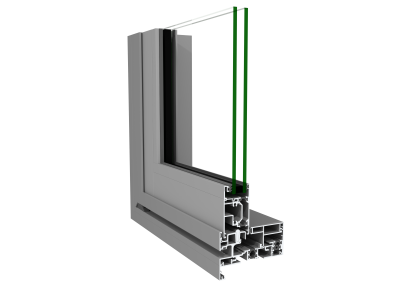
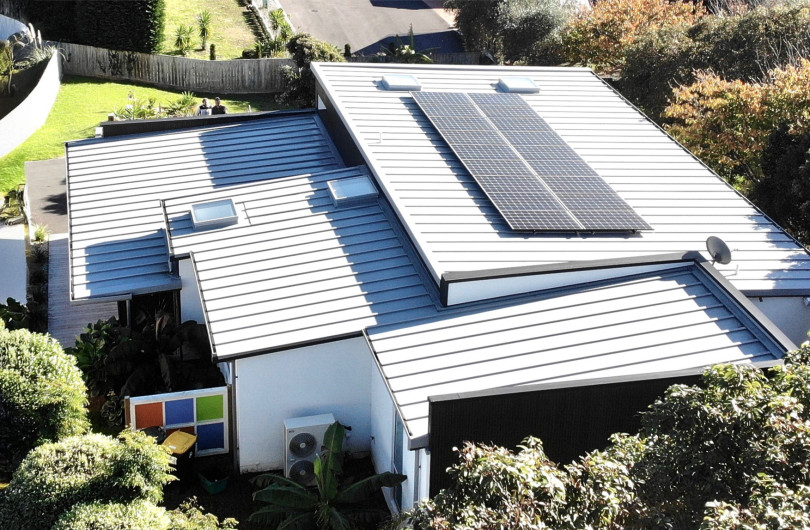
 New Products
New Products
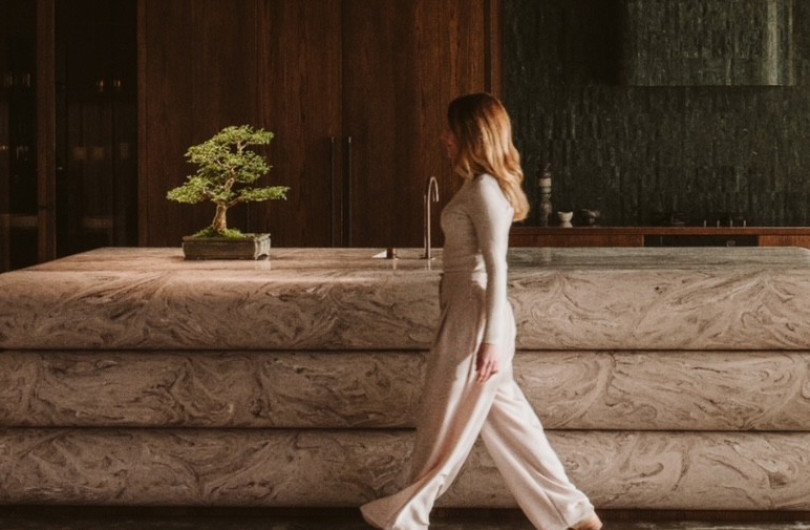



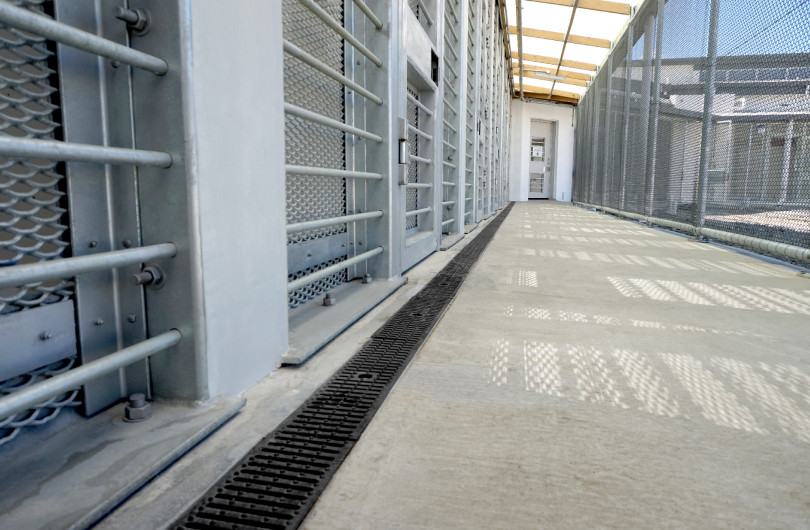




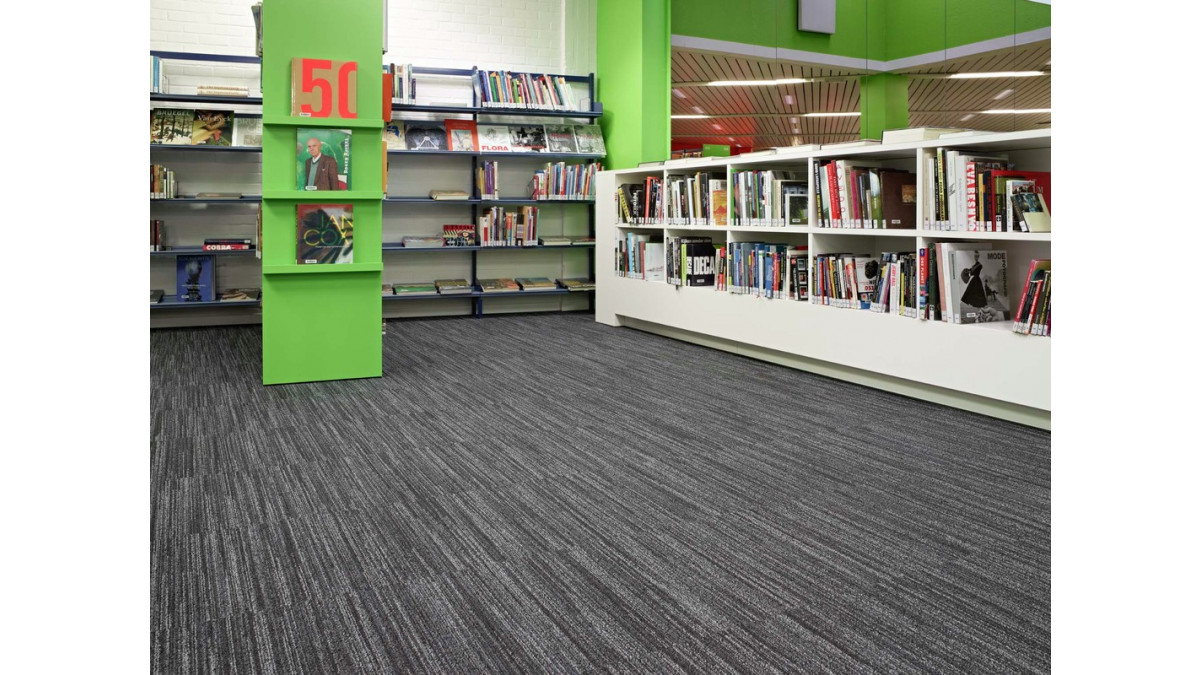
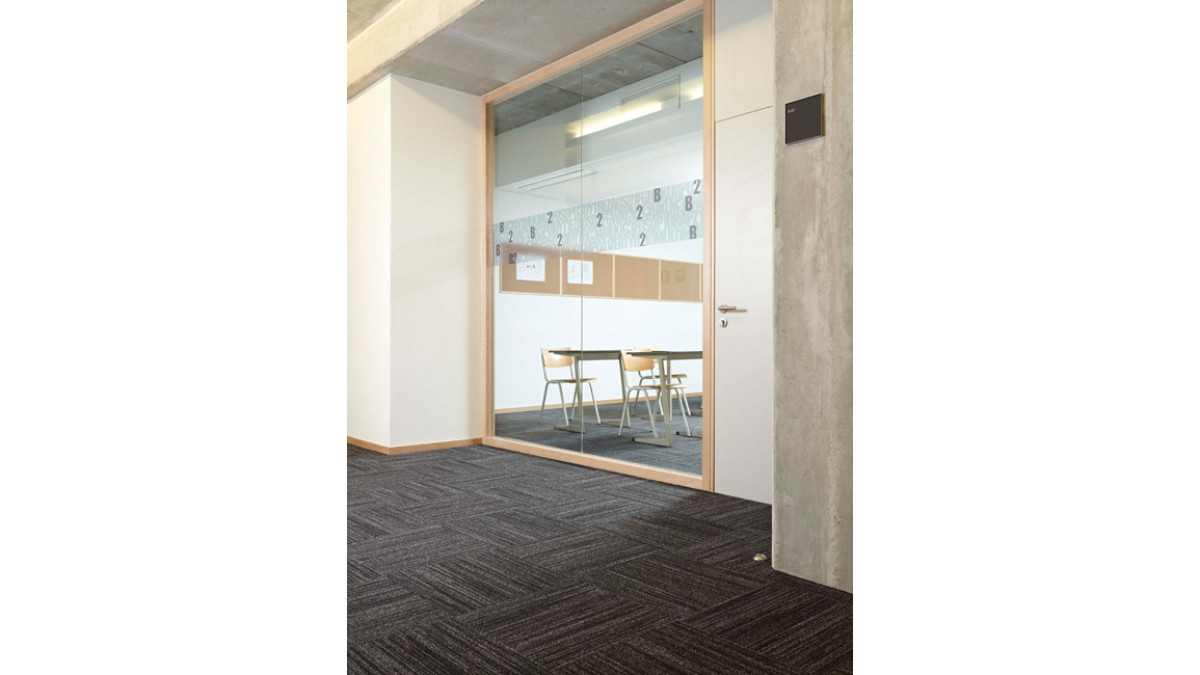


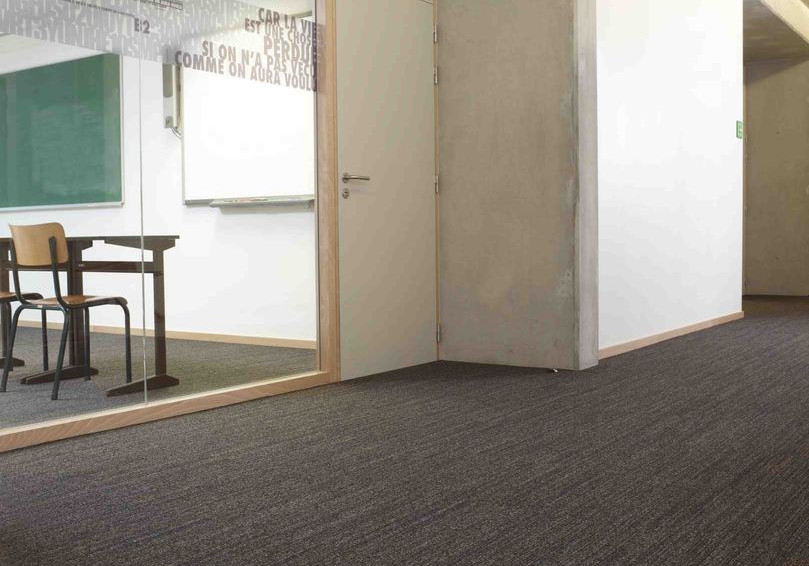

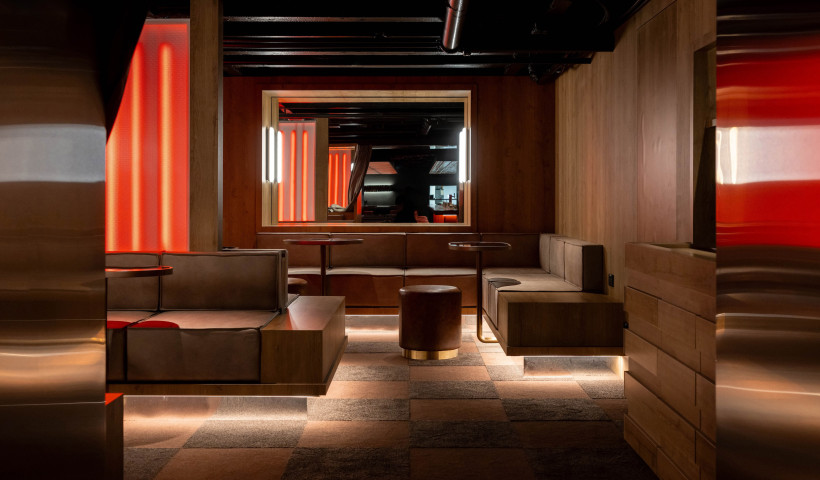
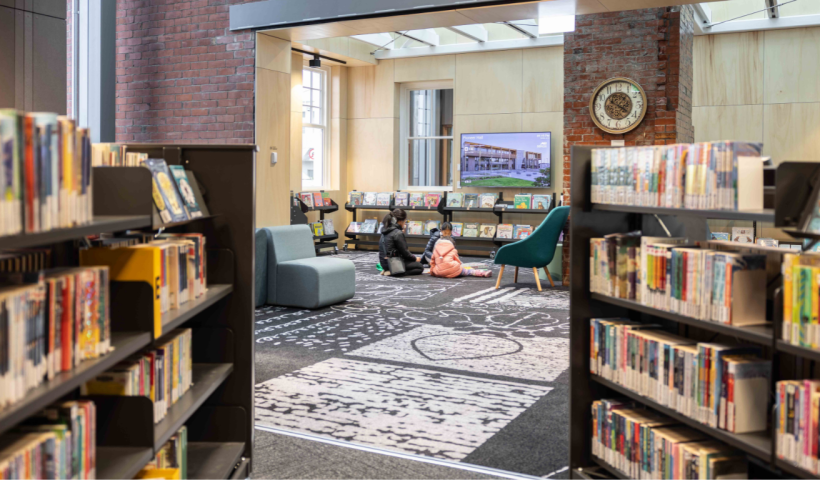
 Popular Products from Heritage Carpets
Popular Products from Heritage Carpets


 Most Popular
Most Popular


 Popular Blog Posts
Popular Blog Posts
